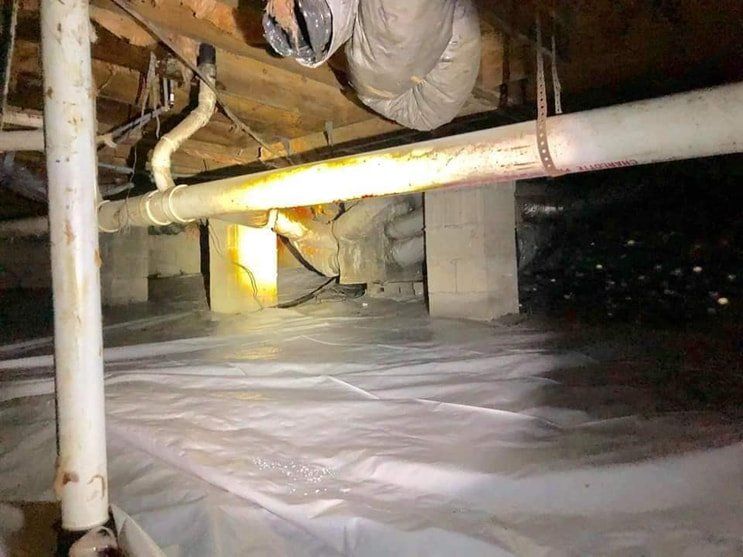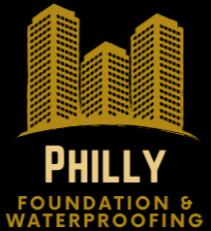Crawl Space Mold Remediation: A Comprehensive Guide
Effective Solutions for Crawl Space Mold: Inspection, Removal, and Prevention
Mold infestation in crawl spaces is a common problem in many homes, leading to poor indoor air quality, structural damage, and potential health risks.
Crawl space mold remediation is essential for maintaining a healthy living environment and preserving the integrity of your home's foundation.
This article delves into the intricacies of crawl space mold inspection, removal, and treatment, providing homeowners with the necessary knowledge to tackle this daunting task

Understanding Crawl Space Mold
Crawl space mold thrives in damp, dark, and poorly ventilated areas, making crawl spaces an ideal breeding ground. Various types of mold can infest crawl spaces, with some posing serious health risks through the release of spores into the home's living spaces. Recognizing the signs of crawl space mold is the first step towards remediation. Musty odors, visible mold growth, and worsening allergy symptoms can all indicate the presence of mold.
The Importance of Crawl Space Mold Inspection
A thorough crawl space mold inspection is crucial to assess the extent of mold growth and the underlying moisture problems causing it. Professional inspectors are equipped with the necessary tools and expertise to identify all mold-affected areas accurately. They can also provide valuable insights into the source of moisture, whether it be leaks, condensation, or ground water seepage, and suggest appropriate measures to address these issues.
Estimating Crawl Space Mold Removal Cost
The cost of crawl space mold removal can vary widely depending on the severity of the infestation and the size of the crawl space. It's essential for homeowners to obtain multiple quotes from reputable remediation companies to ensure a fair price. The crawl space mold removal cost typically includes the expenses for labor, materials, and any necessary equipment to safely and effectively eradicate the mold.
Crawl Space Mold Treatment Cost
After removing the mold, treating the crawl space to prevent future growth is critical. The crawl space mold treatment cost will depend on the chosen methods, which may include sealing leaks, improving ventilation, and installing vapor barriers or dehumidifiers. Investing in these preventative measures can save homeowners money and hassle in the long run by reducing the risk of recurrent mold issues.
Choosing the Right Crawl Space Mold Remover
Selecting an effective crawl space mold remover is key to ensuring the complete eradication of mold. There are various products on the market, ranging from natural solutions to chemical treatments. Professional remediation companies will often use a combination of methods tailored to the specific conditions of your crawl space. It's essential to choose a remover that is not only effective but also safe for use in confined spaces.
DIY vs. Professional Crawl Space Mold Remediation
While some homeowners may consider DIY crawl space mold remediation to save on costs, it's important to weigh the risks. Without the proper knowledge, equipment, and safety measures, DIY remediation can exacerbate the problem and pose health risks. Professional remediation services offer the expertise and tools necessary to address the issue thoroughly and safely.
Preventative Measures
Preventing mold growth in the crawl space is preferable to dealing with an infestation. Regular inspections, maintaining a dry crawl space, ensuring proper ventilation, and promptly addressing any water leaks or moisture problems are key strategies for mold prevention.
Conclusion
Crawl space mold remediation is a crucial aspect of home maintenance that should not be overlooked.
By understanding the importance of crawl space mold inspection, being aware of the costs involved in removal and treatment, and choosing the right remediation approach, homeowners can effectively address mold issues. Investing in preventative measures can also significantly reduce the likelihood of future infestations, ensuring a healthier living environment and preserving the structural integrity of the home.
Protect Your Investment from Structural Damage, Water & Mold Serving the Tri-Sate Area
PA License #PAHIC169133
DE License #2022707501
NJ License #13VH12234100
Hours of Operation
Mon to Fri 7am to 7pm
Sun to Sun: 7am - 7pm
©Philadelphia Foundation Repair & Waterproofing

